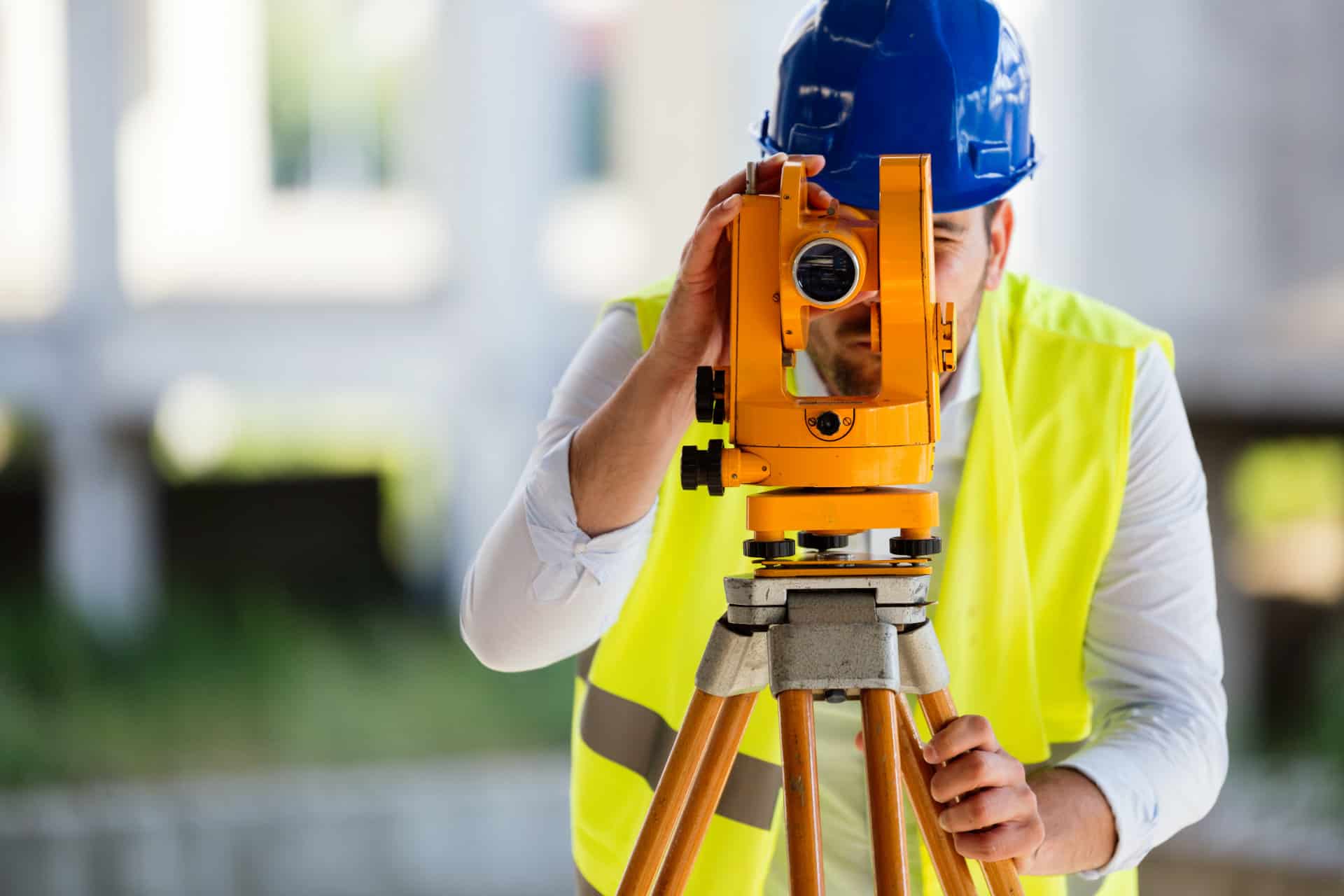Beyond the Basics: Novel Surveying Services for Current Endeavors
In today’s fast-paced world, the need for accurate and trustworthy surveying services has become increasingly critical. As urban development accelerating and land use becoming more complex, professionals in the field are stepping up to provide innovative solutions that address modern project demands. Whether it’s a residential construction site or a large-scale infrastructure project, grasping the subtleties of various surveying services can pave the way for favorable outcomes.
As technology continues to progress, so do the tools and methods employed by surveyors. From GPS and drone technology to advanced surveying software, the industry is experiencing a transformation that enhances precision and efficiency. In this article, we will examine the basics of surveying services, discuss common misconceptions, and highlight the significance of hiring a qualified surveyor. Join us as we delve into the top reasons to invest in quality surveying and assess the myriad ways it contributes to successful construction projects , property development, and land planning.
Advantages of Professional Surveying

Expert surveying provides a strong foundation for any property or development project. Level 3 Building Surveys South London of the primary benefits is the exact definition of property lines, which helps to prevent disputes between close property owners. This understanding not only protects personal property rights but also assures possible buyers and investors that they are making educated decisions. By having exact boundary lines set, property owners can assuredly plan their renovations, knowing clearly where their property begins and ends.
Another significant advantage of hiring a expert surveyor is their knowledge in different specialized surveys, such as topographic, ALTA/NSPS, and property line surveys. Each category serves a unique purpose and is essential depending on the project's specifications. https://orangenickel83.bravejournal.net/starting-from-scratch-the-importance-of-specialized-surveying-solutions bring their expertise of regional regulations and standards, ensuring that all surveys conform with regulatory obligations. This compliance reduces the risk of future legal issues and delays, which can be costly and time-consuming for property developers and homeowners alike.
Additionally, modern surveying increasingly makes use of advanced technology, such as GPS and drones, to enhance accuracy and effectiveness. These tools not only allow for quicker data collection but also provide comprehensive insights that were not feasible with conventional methods. Employing technology ensures that surveyors can deliver extensive reports and visualize land features effectively, making it easier for clients to understand survey results and make wise decisions regarding their properties and projects.
Categories of Evaluations and The Importance of Their Value
Surveys are vital tools that help in diverse aspects of realty, building, and site development. Every type of survey serves a specific goal and provides valuable insights. Property boundary surveys are critical for establishing property lines and resolving disputes, meanwhile topographical surveys assess the contours and attributes of the land, making them necessary for construction and site design projects. ALTA/NSPS surveys combine thorough boundary information with additional data necessary for funding and protecting property, emphasizing the importance of accuracy in these specific surveys.
Grasping the different types of surveys allows property owners and developers to create knowledgeable decisions before initiating any project. For example, a land survey can help identify potential issues such as encroachments or rights of way that could impact future plans. Additionally, construction marking services ensure that construction layouts are executed correctly on-site, minimizing the hazard of financially damaging mistakes during the development phase. By having a comprehensive understanding of what all survey entails, stakeholders can minimize risks and facilitate the construction process.
Additionally, the appropriate survey type can save time and resources in the future. For case in point, obtaining a flood elevation certificate can assist property owners in comprehending potential risks and insurance requirements, whereas zoning compliance surveys ensure that projects can proceed without delays due to compliance issues. Ultimately, choosing the right survey type is crucial for the effectiveness of any endeavor, steering decision-making and providing confidence for all stakeholders.
Technology and Developments in Contemporary Land Surveying
The surveying sector is going through rapid change thanks to progress in technology. Unmanned Aerial Vehicles have transformed the way assessments are performed, enabling for more efficient data collection over large areas with unprecedented precision. Equipped with high-res cameras and LiDAR sensors, UAVs can generate comprehensive topographical maps and 3D models, making them essential for property developers and construction projects. As a result, professionals are now able to finalize surveys more effectively, lowering labor costs and increasing overall accuracy.
In addition to drones, GPS technology has considerably enhanced the capabilities of land surveyors. High-precision GPS devices allow land surveyors to pinpoint coordinates with remarkable accuracy, resulting in more dependable data for boundary surveys, construction staking, and environmental assessments. This tech not only streamlines the surveying process but also helps mitigate potential disputes over land lines and rights of way, which can save property owners and developers a significant deal of time and money.
Another trend reshaping the surveying landscape is the integration of software tools that assist with data analysis and visualization. Geographic Information Systems (GIS) are increasingly being used to layer survey data with zoning information, flood zones, and other important features. This synergy allows for a comprehensive understanding of land use and development potential. The use of such tech not only improves the decision-making method for developers and planners but also guarantees compliance with regional regulations and zoning laws, ultimately promoting sustainable community growth.